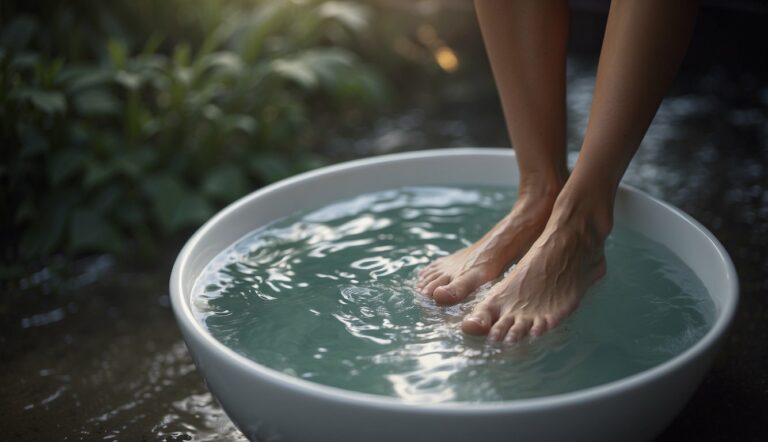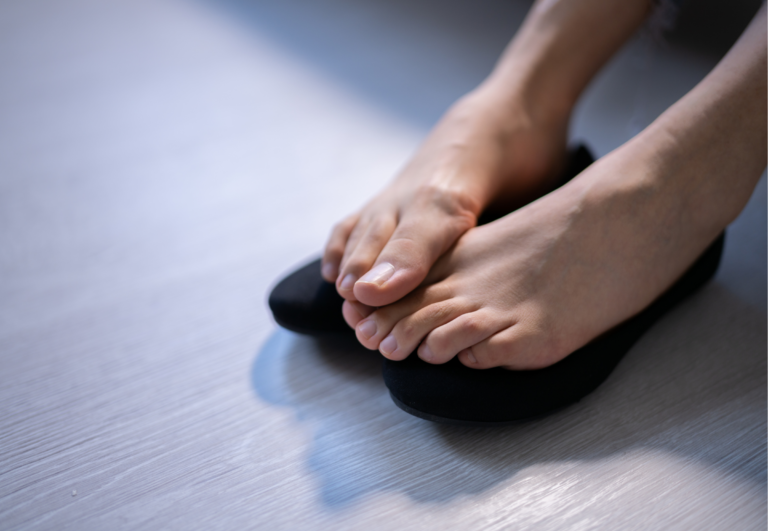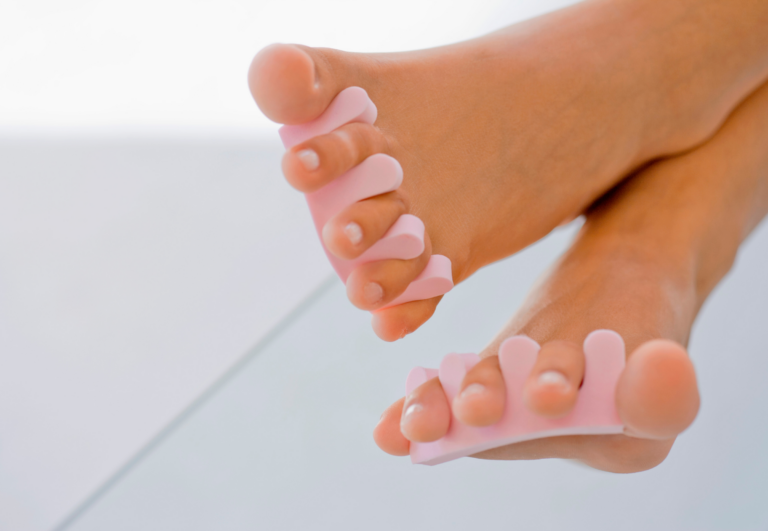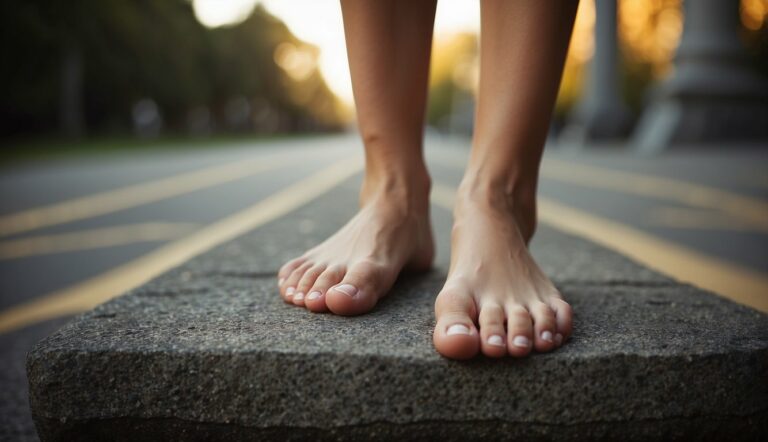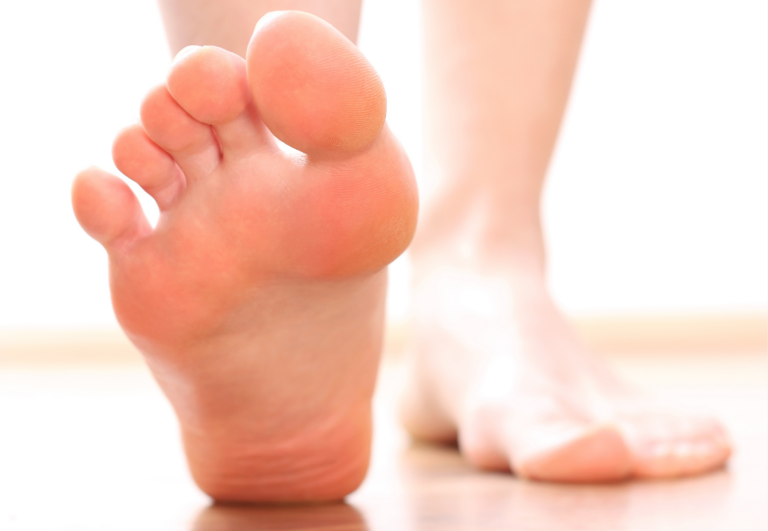Can Toe Spacers Help Prevent Foot Cramps?
Experiencing foot cramps can be quite disruptive, especially if they occur frequently. As a toe spacer expert, I understand how these muscle spasms, which can affect your toes, arches, and calf muscles, can cause significant discomfort and impede movement. The sudden, intense contraction, often referred to as a charley horse, can result from a variety of triggers—dehydration, overexertion, and electrolyte imbalances to name a few.
Preventing foot cramps involves a proactive approach to maintaining muscle health. Ensuring regular hydration is crucial, as it helps muscles contract and relax smoothly. Additionally, proper nutrition, specifically adequate intake of potassium, can help prevent these involuntary spasms. Stretching before and after exercise and incorporating movement throughout your day can keep the muscles flexible and less prone to cramping.
As someone who frequently works with products designed to improve foot health, I recommend using toe spacers, which can help in maintaining proper alignment and reducing the strain on feet that could lead to cramps. It’s also important to wear appropriate, well-fitting shoes that provide support without constricting the feet, as too-tight footwear can contribute to cramping. Regular foot massages and warm baths can further aid in muscle relaxation, promoting overall foot health and preventing the onset of foot cramps.
Can Toe Spacers Help Prevent Foot Cramps?
Toe spacers can help prevent foot cramps by addressing some of the underlying causes of cramping, such as poor toe alignment, muscle tension, and inadequate circulation.
By promoting proper spacing between the toes, they encourage a more natural foot position, which can lead to the following benefits:
- Improved Circulation: Toe spacers can enhance blood flow to the toes and feet, which is essential for delivering nutrients and oxygen to the muscles, potentially reducing the occurrence of cramps.
- Muscle Relaxation: By allowing the toes to splay naturally, toe spacers can help alleviate muscle tension and tightness, which are common contributors to cramps.
- Balanced Weight Distribution: Proper toe alignment can improve the overall balance and weight distribution across the foot, which may prevent overuse or strain of certain muscles that could lead to cramping.
While toe spacers can be beneficial, they are not a cure-all solution. It’s also important to stay hydrated, maintain a balanced diet with sufficient electrolytes, and stretch the feet and lower leg muscles regularly to prevent cramps. If foot cramps persist, it’s advisable to consult with a healthcare professional to explore other potential causes and treatments.
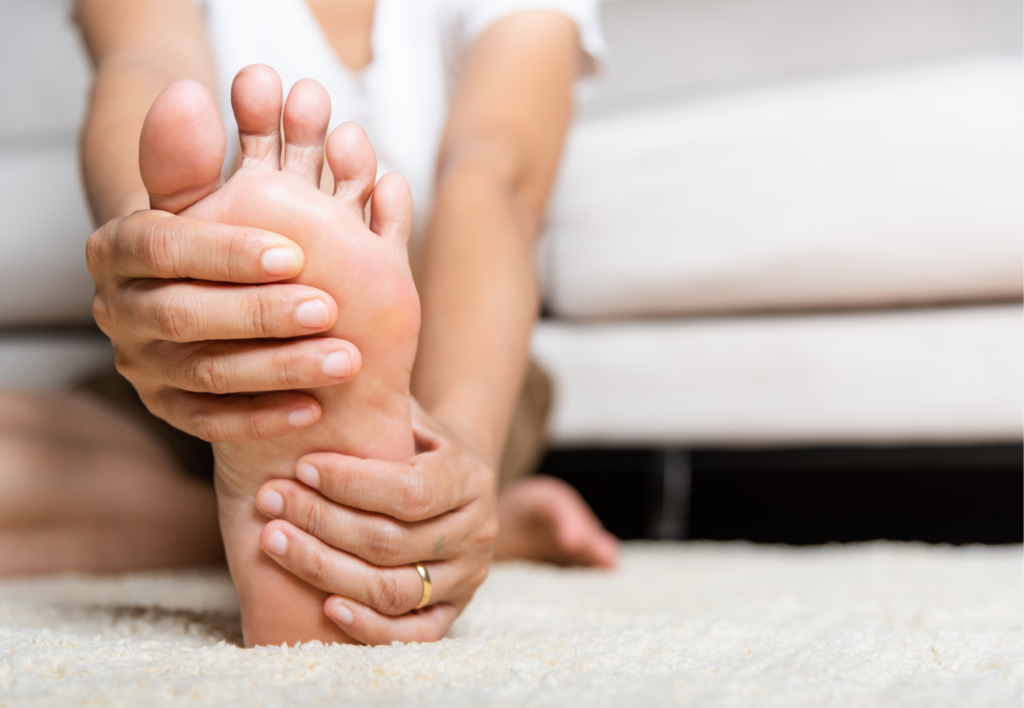
What Causes Foot Cramps?
In my experience as a toe spacer expert, I’ve found that foot cramps can be both painful and disruptive. They’re often a signal to pay attention to your body’s needs and underlying health.
Causes of Foot Cramps
Foot cramps occur when muscles involuntarily contract, leading to pain and discomfort. Several reasons can precipitate this reaction:
- Dehydration: Inadequate water intake can cause muscle cramps.
- Electrolyte Imbalances: Deficiencies in electrolytes like potassium (hypokalemia), magnesium (hypomagnesemia), and calcium (hypocalcemia) are frequent culprits.
- Overexertion: Too much physical activity can overwork your foot muscles.
Risk Factors and Related Health Conditions
Certain factors and health conditions heighten the risk of experiencing foot cramps:
- Neurological Conditions: Diseases like multiple sclerosis and Parkinson’s disease can increase cramping incidence.
- Peripheral Conditions: Diabetes can cause peripheral neuropathy, leading to cramps, as can peripheral vascular disease.
- Medication Side Effects: Some statin drugs might contribute to cramps.
- Thyroid Disorders: Both hypothyroidism and hyperthyroidism affect muscle function.
Recognizing Symptoms
The primary symptom is the sudden, sharp pain in the foot signaling the muscle has cramped. But it is essential to be aware of:
- Consistent Pain Pattern: If cramps occur frequently and disrupt daily life.
- Duration: Cramps that do not resolve quickly or are progressively worsening.
Being aware of these patterns can help determine when to seek further guidance for potential underlying conditions.
Preventative Strategies
To reduce the occurrence of foot cramps, focusing on two main areas, diet and exercise, is crucial. Adequate intake of key minerals and regular physical routines can play a pivotal role in preventing these cramps.
Diet and Hydration
My experience with toe spacers has underscored the importance of a balanced diet in foot health. Ensuring proper hydration and a diet rich in minerals like potassium, magnesium, and calcium is essential.
Minerals Important for Cramp Prevention:
| Mineral | Foods Rich in Mineral | Suggested Intake |
|---|---|---|
| Potassium | Bananas, oranges, cantaloupes | Eat a banana daily or drink orange juice |
| Magnesium | Nuts, seeds, whole grains, leafy green vegetables | Include nuts or seeds in your daily diet |
| Calcium | Dairy products, fortified cereals, kale | Aim for 2-3 servings of dairy or greens |
Additionally, drinking water regularly throughout the day helps, especially during and after sports and other activities to maintain hydration.
Exercise and Stretching Routines
Regular exercise, coupled with specific stretching routines, is critical for keeping muscles flexible and less prone to cramps. In my daily practice, I focus on these:
Stretching Exercises for Foot Cramp Prevention:
- Before bed: Perform gentle stretches for the legs and feet to avoid cramps during sleep. A warm bath can help relax muscles beforehand.
- Posture during sleep: Try to avoid sleeping with toes pointed; keep legs and feet warm.
- Pre-activity warm-up: Always do proper leg stretching exercises before engaging in physical activities.
Incorporating toe spacers can help stretch the foot muscles, aiding in the prevention of foot cramps. These should be used as part of a comprehensive approach to foot health. As with any health strategy, nutritional or exercise-based, moderation and consistency are key. If foot cramps persist, consider consulting a healthcare professional.
Effective Treatments
In my experience as a toe spacer expert, I know that addressing foot cramps promptly with the right treatments can be crucial. Below, I’ve detailed some home remedies and medical interventions that have proven effective.
Home Remedies
Stretching: I often recommend gentle stretching as a go-to method. For instance, if the cramp is in the calf, straighten the leg and pull the toes upward towards the knee.
- Ice: Applying ice can reduce pain and inflammation.
- Massage: Massaging the cramped area can help improve circulation and relieve the pain.
- Hydration and Electrolytes: Staying hydrated and maintaining proper electrolyte balance is essential. Sometimes, an electrolyte-rich drink can offer quick relief.
Medical Interventions
Medications: It’s rare, but for persistent cramps, a healthcare provider might suggest specific medications that can help relax the muscles.
Supplements: If cramps are due to a deficiency, a primary care doctor might recommend supplements, like potassium or magnesium, especially if someone is active.
- Physical Therapy: Engaging in physical activity under the guidance of a professional can strengthen muscles and prevent future cramps.
Lifestyle Modifications
In realizing the importance of preventing foot cramps, I’ve found that certain lifestyle modifications can be quite effective. These adjustments revolve around proper footwear, regulated physical activity, and managing stress—all of which contribute to reducing the risk of cramps.
Footwear and Support
Choosing the right shoes is crucial for preventing foot cramps. Shoes should provide adequate support and space for the feet to move comfortably. This means opting for supportive shoes that fit well and don’t constrict your feet, allowing you to wiggle your toes freely. Tight shoes can cause poor circulation and muscle fatigue, leading to cramps.
- Recommended Shoe Characteristics:
- Snug but not tight fit
- Room to wiggle toes
- Supportive arches
Activity Adjustment
Balancing activity with rest is key. While staying active is important, overexertion can lead to muscle fatigue. I suggest alternating between sitting and walking, and include gentle stretching to keep muscles limber. Avoid prolonged static positions to maintain good circulation and minimize the risk of cramps.
- Activity Tips:
- Take short, frequent breaks from sitting
- Include low-intensity exercises
- Stretch muscles before and after activity
Stress Management
Stress can contribute to muscle tension and cramps. Managing stress through relaxation techniques or gentle exercises such as yoga can help. I also practice deep breathing and occasionally use meditation to keep my stress levels in check, which seems to help keep foot cramps at bay.
- Stress Reduction Techniques:
- Yoga or gentle stretching
- Deep breathing exercises
- Meditation or mindfulness practice
When to Seek Medical Advice
If you frequently experience foot cramps that are intense, persistent, or causing distress, it’s important to consider seeking professional advice. While most foot cramps are benign, certain symptoms warrant a consultation with a healthcare provider.
Warning Signs of Serious Conditions
If foot cramps are accompanied by any of the following signs, it’s time to contact your primary care doctor:
- Swelling, redness, or warmth in the affected foot
- Pain that persists longer than a few minutes
- Cramps that occur regularly and without a clear trigger
- Cramping that interferes with your ability to sleep or perform daily tasks
- Side effects potentially related to medications (such as albuterol, naproxen, or conjugated estrogens)
- Signs of metabolic issues and other health conditions, such as a cirrhosis or undergoing dialysis
It’s also advisable for individuals who are pregnant to seek medical advice if experiencing frequent cramps, as these could be symptomatic of an underlying condition.
Consultation and Ongoing Management
During a consultation, doctors will likely:
- Review your medical history and current medications
- Assess the frequency and severity of your cramps
- Possibly recommend tests to rule out underlying conditions
After evaluating your situation, healthcare professionals can provide a management plan. This plan may include lifestyle modifications or treatment changes, especially if the cramps are linked to medication side effects or health conditions. It’s essential to follow their guidance for ongoing management to prevent future episodes and promote foot health.
